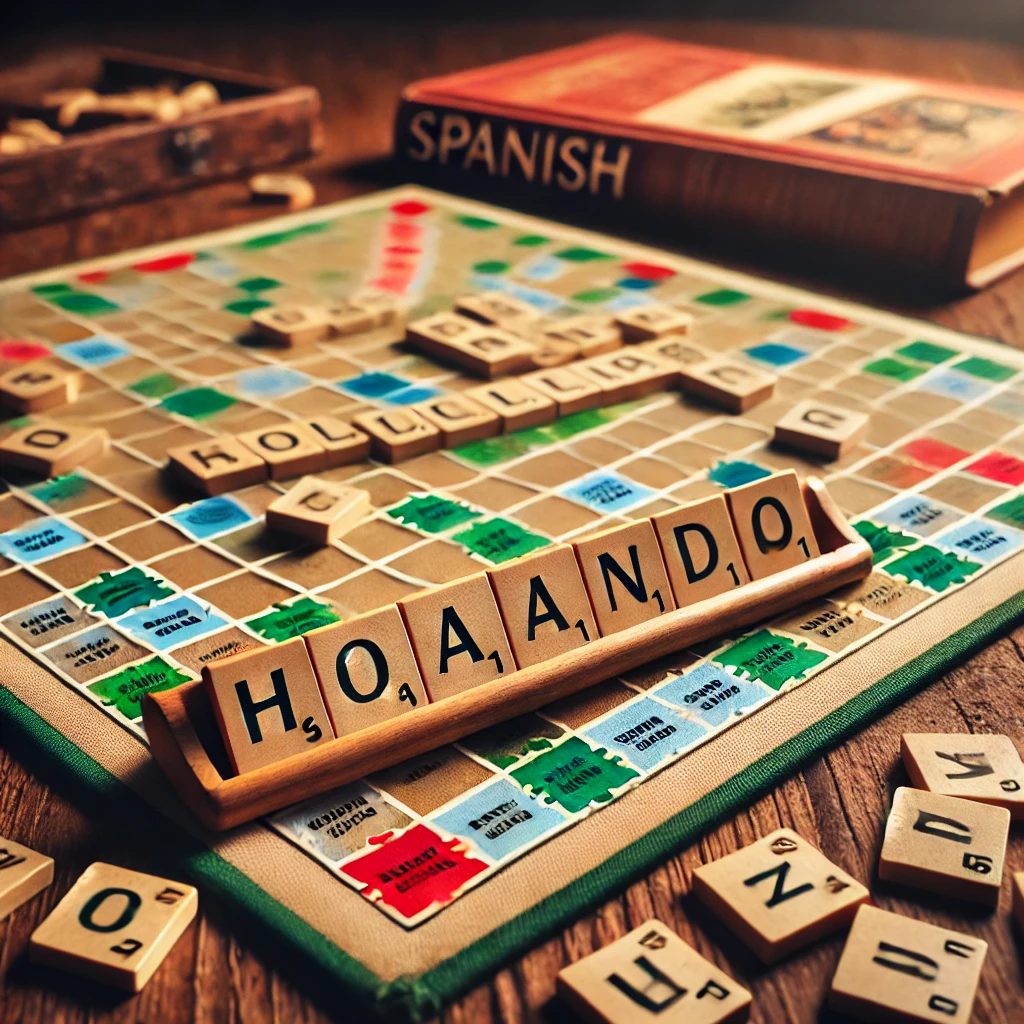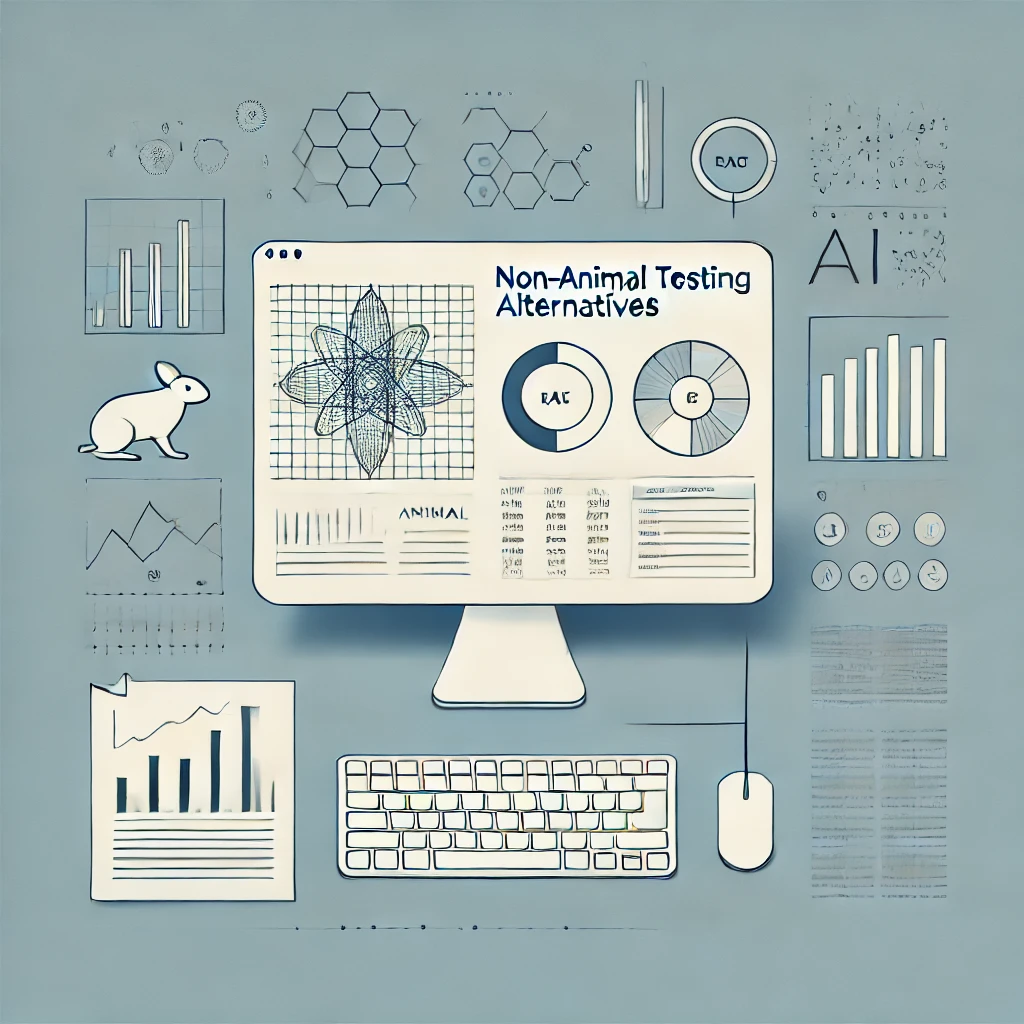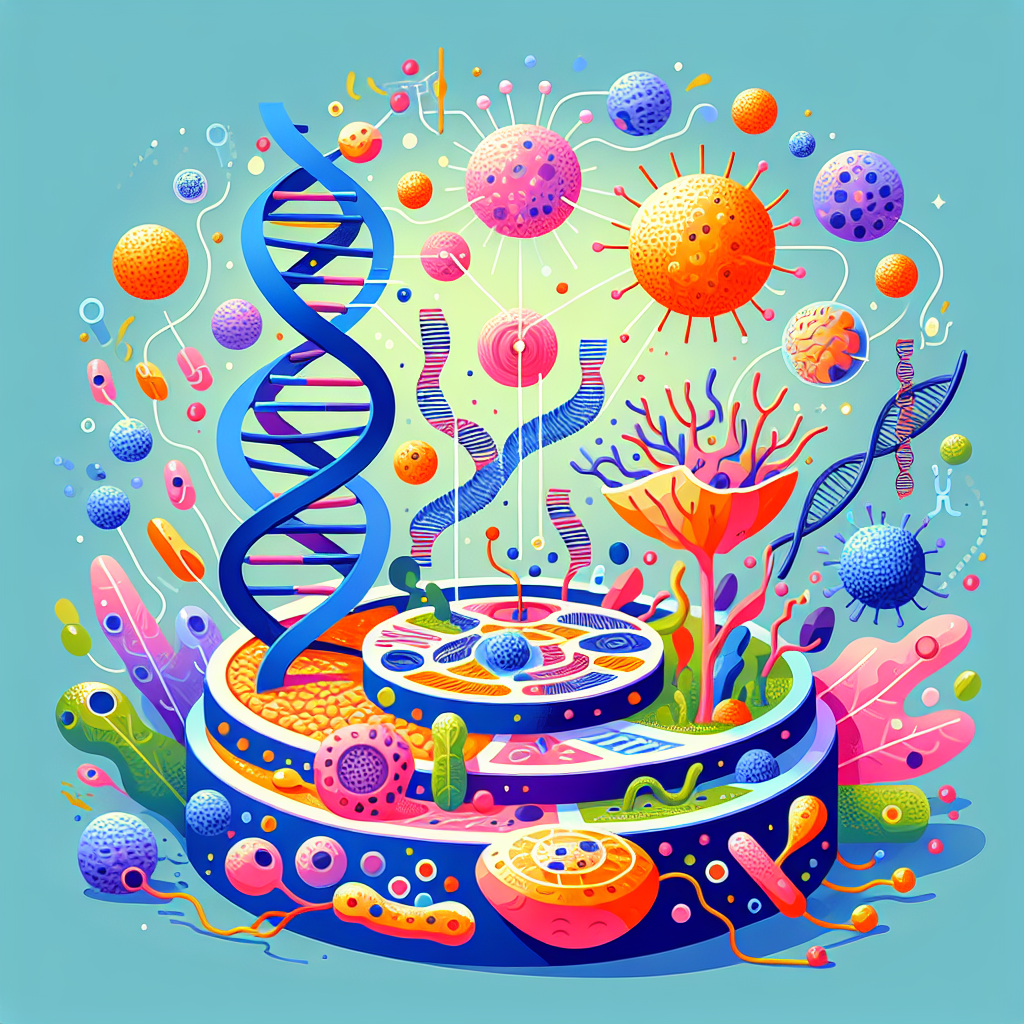A very big piece of ice called A23a has been stuck in the sea near Antarctica for a long time, since 1986. It’s really huge, almost as big as 4,000 soccer fields, and it’s also very thick. But now, it has started to move quickly and is going away from Antarctica. This big piece of ice is even thicker than a very tall building in London.
People who study the Earth say that the big ice didn’t start moving because the water got warmer. Instead, it just got smaller over time and the wind and water pushed it. Now, it’s going near a place where many icebergs travel, and it might go towards the ocean near South America. Big pieces of ice like this can be dangerous, but they also help feed tiny creatures in the sea.
Scientists are watching the big ice to see where it goes. If it stops near an island called South Georgia, it might make it hard for animals like seals and penguins to find food. But the big ice is also good for the ocean because as it melts, it gives food to tiny sea creatures. So, big pieces of ice are not only scary but also help life in the sea.
Original news source: A23a: World’s biggest iceberg on the move after 30 years (BBC)
Listen
Slow
Normal
Fast
Group or Classroom Activities
Warm-up Activities:
– Charades
Instructions: Divide the class into small groups. Give each group a slip of paper with a word or phrase related to the article (e.g. Antarctica, icebergs, seals). One person from each group will act out the word or phrase without speaking, while the others in the group try to guess what it is. The group that guesses correctly gets a point.
– News Summary
Instructions: Have the students work individually or in pairs to write a summary of the article. Encourage them to include the main points and key details. After a designated time, have the students share their summaries with the class and discuss any differences or similarities.
– Word Association
Instructions: Write the words “ice” and “ocean” on the board. Have the students brainstorm as many words or phrases as they can that are related to these two words. Encourage them to think of synonyms, antonyms, and words from the article. After a few minutes, have the students share their ideas and create a word association web on the board.
– Vocabulary Pictionary
Instructions: Give each student a slip of paper with a vocabulary word from the article (e.g. Antarctica, creatures, feed). They must draw a picture that represents the word without using any letters or numbers. The rest of the class must guess what word the picture represents. The student who guesses correctly gets to draw the next word.
– Speed Summarizing
Instructions: Divide the class into pairs. Give each pair a set of sentence strips with key points from the article. One student in each pair will read a sentence strip, and their partner must quickly summarize that point in their own words. After a designated time, have the pairs switch roles. The pair that completes the most sentence strips correctly wins.
Comprehension Questions:
1. How long has the big piece of ice been stuck in the sea near Antarctica?
2. How big is the ice compared to soccer fields?
3. Why did the ice start moving?
4. Where might the ice go next?
5. Why might the ice be dangerous for animals like seals and penguins?
6. How does the ice help tiny sea creatures?
7. Are big pieces of ice scary or helpful for life in the sea?
Go to answers ⇩
Listen and Fill in the Gaps:
A very big piece of ice (1)______ A23a has been stuck in the sea near Antarctica for a long time, since 1986. It’s really huge, almost as big as 4,000 (2)______ fields, and it’s also very (3)______. But now, it has started to move quickly and is going away from Antarctica. This big piece of ice is even thicker than a very tall building in London.
People who study the Earth say that the big ice didn’t start (4)______ because the water got warmer. Instead, it just got (5)______ over time and the wind and water (6)______ it. Now, it’s going near a place where many icebergs (7)______, and it might go towards the (8)______ near South America. Big (9)______ of ice like this can be dangerous, but they also help feed tiny creatures in the sea.
Scientists are watching the big ice to see where it goes. If it stops near an island called (10)______ Georgia, it might make it hard for animals like seals and penguins to find food. But the big ice is also good for the ocean because as it melts, it (11)______ food to tiny sea creatures. So, big pieces of ice are not only (12)______ but also help life in the sea.
Go to answers ⇩
Discussion Questions:
Students can ask a partner these questions, or discuss them as a group.
1. What is a big piece of ice called A23a?
2. How would you feel if you saw a big piece of ice as big as 4,000 soccer fields?
3. Do you like cold weather? Why or why not?
4. Do you think it’s scary that the big ice is moving away from Antarctica? Why or why not?
5. What do you think might happen if the big ice stops near an island called South Georgia?
6. How do you think animals like seals and penguins would feel if they couldn’t find food because of the big ice?
7. What do you think might happen if the big ice goes towards the ocean near South America?
8. How do you think tiny sea creatures feel when they get food from the melting ice?
9. Have you ever seen a big piece of ice? Where and when?
10. Do you think it’s important for scientists to study the big ice? Why or why not?
11. How do you think the wind and water can push a big piece of ice?
12. What do you think might happen if all the big pieces of ice in the world melted?
Individual Activities
Vocabulary Meanings:
Match each word to its meaning.
Words:
1. ice
2. Antarctica
3. move
4. water
5. wind
6. dangerous
7. animals
8. ocean
Meanings:
(a) Air that moves quickly
(b) A very big frozen water
(c) To change position or go from one place to another
(d) Something that can hurt you or cause harm
(e) A big body of saltwater that covers most of the Earth’s surface
(f) A very cold place at the bottom of the Earth
(g) Living creatures that are not humans
(h) A clear liquid that we drink and swim in
Go to answers ⇩
Multiple Choice Questions:
1. How long has the big piece of ice called A23a been stuck in the sea near Antarctica?
(a) Since 2000
(b) Since 2010
(c) Since 1995
(d) Since 1986
2. How big is the big piece of ice compared to soccer fields?
(a) Almost as big as 2,000 soccer fields
(b) Almost as big as 6,000 soccer fields
(c) Almost as big as 4,000 soccer fields
(d) Almost as big as 8,000 soccer fields
3. What is the big ice thicker than?
(a) A mountain in Antarctica
(b) A very tall building in London
(c) A skyscraper in New York
(d) A bridge in San Francisco
4. Why did the big ice start moving?
(a) It got smaller over time and the wind and water pushed it
(b) The water got warmer and it started to melt
(c) It was hit by a big wave and got pushed away
(d) It was pulled by a strong current in the ocean
5. Where might the big ice go towards?
(a) The ocean near Australia
(b) The ocean near South America
(c) The ocean near Africa
(d) The ocean near Europe
6. What might happen if the big ice stops near South Georgia?
(a) It might make it easier for animals like seals and penguins to find food
(b) It might cause the island to sink
(c) It might cause the island to grow bigger
(d) It might make it hard for animals like seals and penguins to find food
7. What do big pieces of ice do for tiny sea creatures?
(a) Give them food
(b) Scare them away
(c) Make it hard for them to survive
(d) Make them grow bigger
8. How do scientists feel about the big ice moving?
(a) They are scared of it
(b) They want to stop it from moving
(c) They are watching it to see where it goes
(d) They are happy it’s moving away from Antarctica
Go to answers ⇩
True or False Questions:
1. The big ice started moving because it grew larger over time and was pushed by the wind and water, not because the water got colder.
2. As A23a melts, it depletes food for tiny sea creatures, so big pieces of ice are not only harmless but also detrimental for life in the sea.
3. Scientists are barely observing A23a to see where it goes.
4. A23a is almost as big as 4,000 soccer fields and is thicker than a very tall building in London.
5. A huge piece of ice called A23a has been stuck in the sea near Antarctica since 1986.
6. A23a is now moving towards a place where many icebergs travel and might go towards the ocean near South America.
7. Big pieces of ice like A23a can be safe, but they also deprive tiny creatures in the sea of food.
8. If A23a stops near an island called South Georgia, it might make it difficult for animals like seals and penguins to find food.
Go to answers ⇩
Write a Summary:
Write a summary of this news article in two sentences.
Check your writing now with the best free AI for English writing!
Writing Questions:
Answer the following questions. Write as much as you can for each answer.
Check your answers with our free English writing assistant!
1. How long has the big piece of ice called A23a been stuck in the sea near Antarctica?
2. How big is the big ice compared to soccer fields?
3. Why did the big ice start moving?
4. Where might the big ice go towards?
5. What are the two effects of the big ice melting in the ocean?
Answers
Comprehension Question Answers:
1. How long has the big piece of ice been stuck in the sea near Antarctica?
The big piece of ice has been stuck in the sea near Antarctica since 1986.
2. How big is the ice compared to soccer fields?
The ice is almost as big as 4,000 soccer fields.
3. Why did the ice start moving?
The ice started moving because it got smaller over time and the wind and water pushed it.
4. Where might the ice go next?
The ice might go towards the ocean near South America.
5. Why might the ice be dangerous for animals like seals and penguins?
The ice might be dangerous for animals like seals and penguins because it might make it hard for them to find food.
6. How does the ice help tiny sea creatures?
As the ice melts, it gives food to tiny sea creatures.
7. Are big pieces of ice scary or helpful for life in the sea?
Big pieces of ice are helpful for life in the sea.
Go back to questions ⇧
Listen and Fill in the Gaps Answers:
(1) called
(2) soccer
(3) thick
(4) moving
(5) smaller
(6) pushed
(7) travel
(8) ocean
(9) pieces
(10) South
(11) gives
(12) scary
Go back to questions ⇧
Vocabulary Meanings Answers:
1. ice
Answer: (b) A very big frozen water
2. Antarctica
Answer: (f) A very cold place at the bottom of the Earth
3. move
Answer: (c) To change position or go from one place to another
4. water
Answer: (h) A clear liquid that we drink and swim in
5. wind
Answer: (a) Air that moves quickly
6. dangerous
Answer: (d) Something that can hurt you or cause harm
7. animals
Answer: (g) Living creatures that are not humans
8. ocean
Answer: (e) A big body of saltwater that covers most of the Earth’s surface
Go back to questions ⇧
Multiple Choice Answers:
1. How long has the big piece of ice called A23a been stuck in the sea near Antarctica?
Answer: (d) Since 1986
2. How big is the big piece of ice compared to soccer fields?
Answer: (c) Almost as big as 4,000 soccer fields
3. What is the big ice thicker than?
Answer: (b) A very tall building in London
4. Why did the big ice start moving?
Answer: (a) It got smaller over time and the wind and water pushed it
5. Where might the big ice go towards?
Answer: (b) The ocean near South America
6. What might happen if the big ice stops near South Georgia?
Answer: (d) It might make it hard for animals like seals and penguins to find food
7. What do big pieces of ice do for tiny sea creatures?
Answer: (a) Give them food
8. How do scientists feel about the big ice moving?
Answer: (c) They are watching it to see where it goes
Go back to questions ⇧
True or False Answers:
1. The big ice started moving because it grew larger over time and was pushed by the wind and water, not because the water got colder. (Answer: False)
2. As A23a melts, it depletes food for tiny sea creatures, so big pieces of ice are not only harmless but also detrimental for life in the sea. (Answer: False)
3. Scientists are barely observing A23a to see where it goes. (Answer: False)
4. A23a is almost as big as 4,000 soccer fields and is thicker than a very tall building in London. (Answer: True)
5. A huge piece of ice called A23a has been stuck in the sea near Antarctica since 1986. (Answer: True)
6. A23a is now moving towards a place where many icebergs travel and might go towards the ocean near South America. (Answer: True)
7. Big pieces of ice like A23a can be safe, but they also deprive tiny creatures in the sea of food. (Answer: False)
8. If A23a stops near an island called South Georgia, it might make it difficult for animals like seals and penguins to find food. (Answer: True)
Go back to questions ⇧













